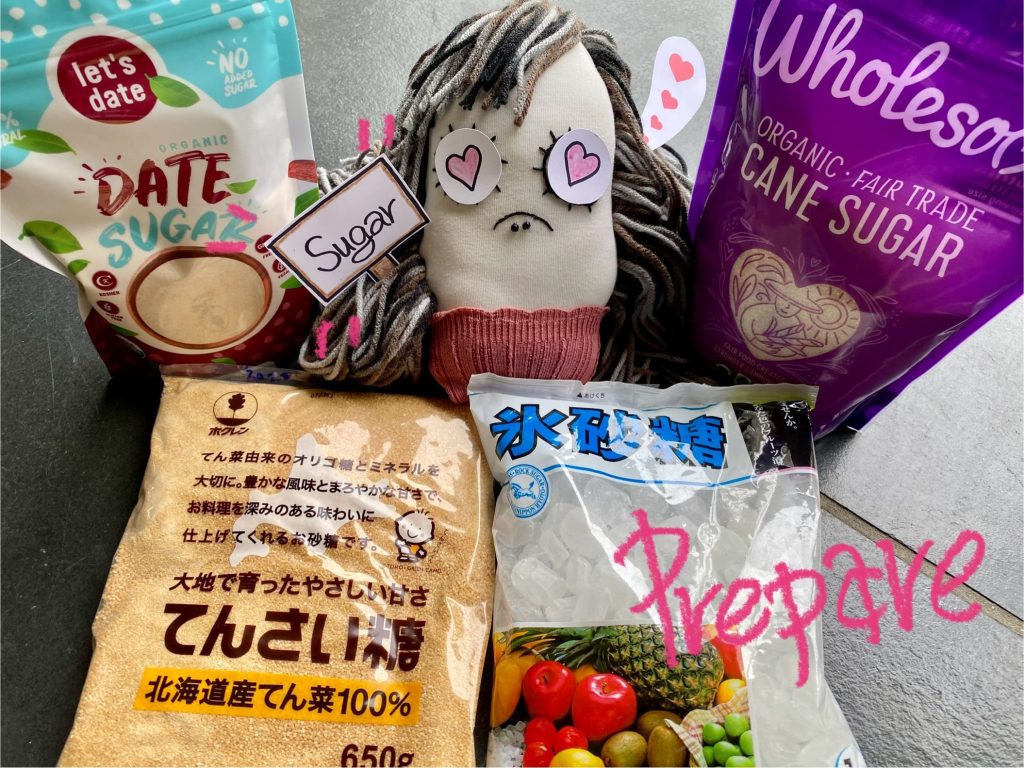
Why do we need sugar for our long-term stockpile?
Do I really need sugar for my long-term stockpile?
I guess sugar is going to go bad quickly, right?
Which sugar should I get?
Even if you don’t want to eat sugar, it still might come in handy for bartering purposes.
Nowadays, many people eat sugary products, maybe not everybody, and maybe not every day, but sugar is ubiquitous.
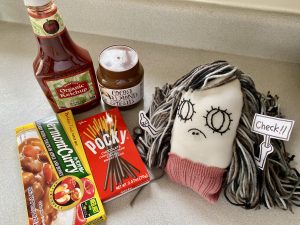
How much sugar do you eat every day? Can you guess how long people can live without sugar?
I think it’s safe to say that we are manipulated by advertisers and marketing campaigns to eat more sugar than we need, but sugar is not all bad. For one thing, sugar relieves fatigue.
In an emergency situation, we will be tired and stressed out, especially if the crisis goes on for a long time. In stressful circumstances, sugar can heal the mind and spirit. If you have small kids, sugar can make them happy for a short time. And as you know, sugar provides quick energy. “Sugar high” sounds terrible, but a quick boost of energy might be just what we need to survive an otherwise grim, hopeless situation.
There are many names for the different types sugars, but actually our bodies process all sugar in the same way. Why do people say sugar is bad for you? What negative effects does it actually have on our bodies?
Food with “too much sugar” does contribute to health problems. Here are some examples.
▪︎ Weight gain, because it’s easy to overeat sugary foods and drinks. (Whole fruits contain fiber, which fills you up and keeps you from overeating. Take a 16 oz. glass of orange juice, for instance, which is typically made from the juice of four oranges. It’s way easier to drink a big glass of O.J. than it is to eat a bunch of oranges.)
▪︎ Tooth decay, because bacteria like to eat the tasty sugar on your teeth. And then eat your teeth.
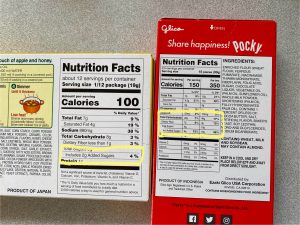
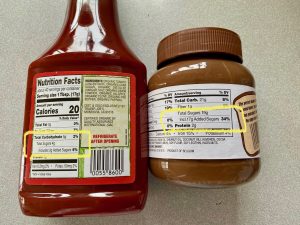
💡
In stressful circumstances, sugar can heal the mind and spirit.
Most sugar is made by first extracting sugary juice from beet or sugar cane plants. From that juice, many types of sugar can be produced. Through slight adjustments in the process of cleaning, crystallizing and drying the sugar; and through varying the level of molasses, different sugar varieties are possible. Sugars are classified in a number of ways, including crystal size (granulated, powdered, or superfine) and color (white or brown). (For more information check out the sugar association.)
Which sugar should we get?
First, we need to know the difference between refined sugar and unrefined sugar.
Refined sugar, made from sugar beets or sugar cane plants, is processed to remove the surrounding plant parts and impurities. Unrefined sugar doesn’t remove all that stuff, meaning you will get some additional minerals and antioxidants. But the benefits of the extra nutrients you get from unrefined sugar is negligible compared to the benefits you get from nutrients in other types of food. Sugar is sugar. As such, it is better to get natural sweeteners from fruits, honey, maple syrup or even date sugar, instead of added cane or beet sugar.
Second, we need to know where that sugar came from.
Cane sugar is the whole stem of the cane, which grows above ground in countries near the equator. Beet sugar is the entire root of the sugar beet plant, and it grows underground in moderate climates. I have been following the “Yin and Yang” theories, from Chinese medicine and macrobiotics, as they pertain to food. According to the yin and yang ideas, sugar is regarded as a food with very strong yin power to chill and loosen the body. More specifically, refined white sugar has a strong negative effect on the mind and body – so I have been trying to avoid it.
There is a yin and yang notion that, depending on which region your sugar comes from, it can either keep your body warm, or help cool your body down. Beet sugar made from sugar beet radishes grown in cold regions is more likely to warm you up, while sugar made from sugar cane grown in a hot climate is more likely to cool you down.
I don’t live in hot area, and I like to keep my body warm for my immune system. So, I prefer beet sugar over cane sugar.
You can find a little more info here: Yin and yang foods / Macrobiotic.
Personally, I picked up these different types of sugar for my long-term stockpile.
★ Hokuren beet sugar (てんさい糖 100% of Hokkaido beet) Hokkaido is a cold region in Japan.
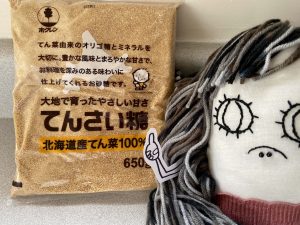
★ Cane sugar
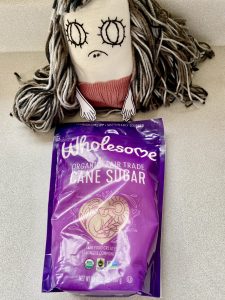
★ Date sugar
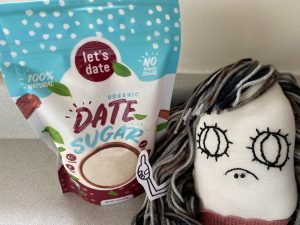
★ Rock sugar ( koorizatou氷砂糖)
is characterized by its large crystals. In emergency situations, we can eat them as a candy. The rock style protects against humidity, so it is easier store than granulated sugar. In Japan, many people recommend rock sugar for emergency stockpiles.
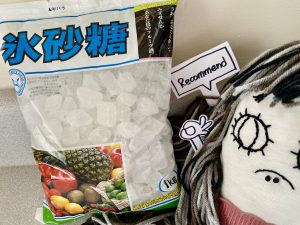
How to store sugar?
Sugar won’t go bad like salt. Sugar absorbs smells and moisture easily and is susceptible to bugs like ants. Ants are strong, and they will sometimes break through plastic bags. Store your sugar in a strong, airtight and moisture-proof container, without oxygen absorbers (they make sugar hard), in a cool, dark place.
Things to Remember
▪︎ Please do not forget that before eating long-term stockpile foods, absolutely check the food’s appearance and smell. Trust your five senses. Eat them at your own risk.
Remember, sugar is sugar.
See you next time.
Remember, “Protect your life by yourself” (自分の命は自分で守る). You need to survive first, and then you need your emergency supply. No matter how well you prepared your emergency supplies, if you die, then all of your preparations will have been for nothing. First and foremost, keep your health up all the time. Build your stamina so that if you need to, you can evacuate as quickly as possible. Stay healthy.